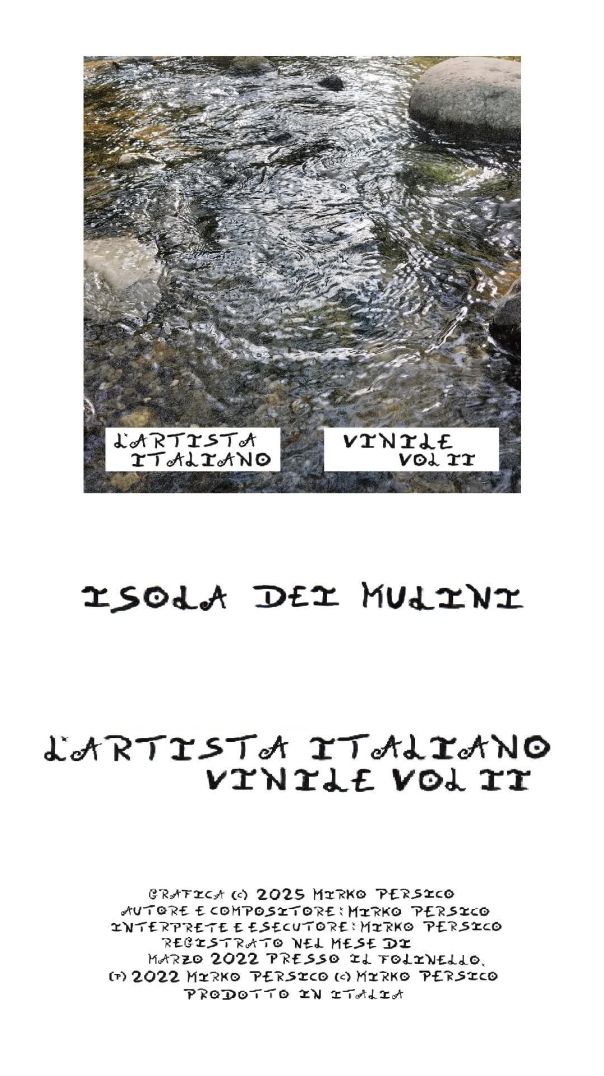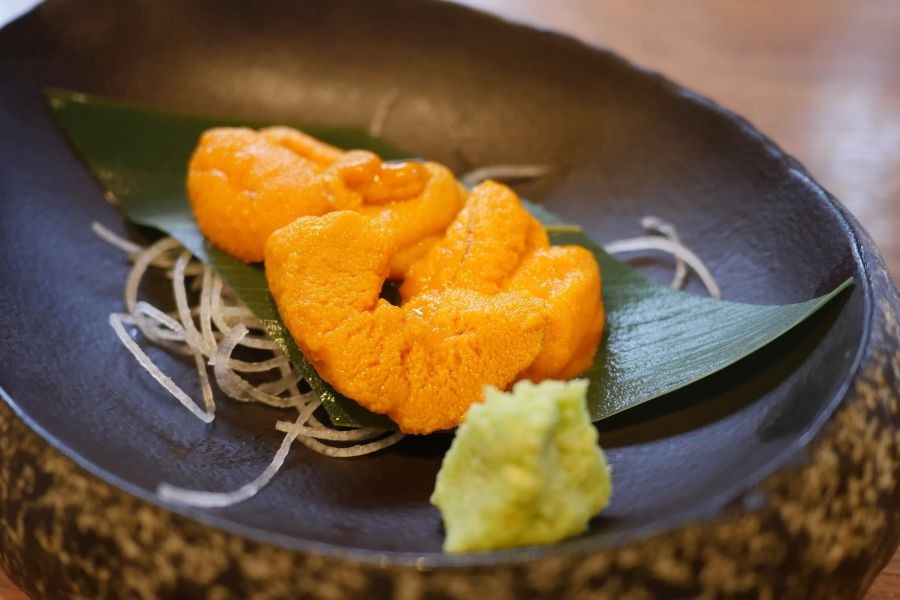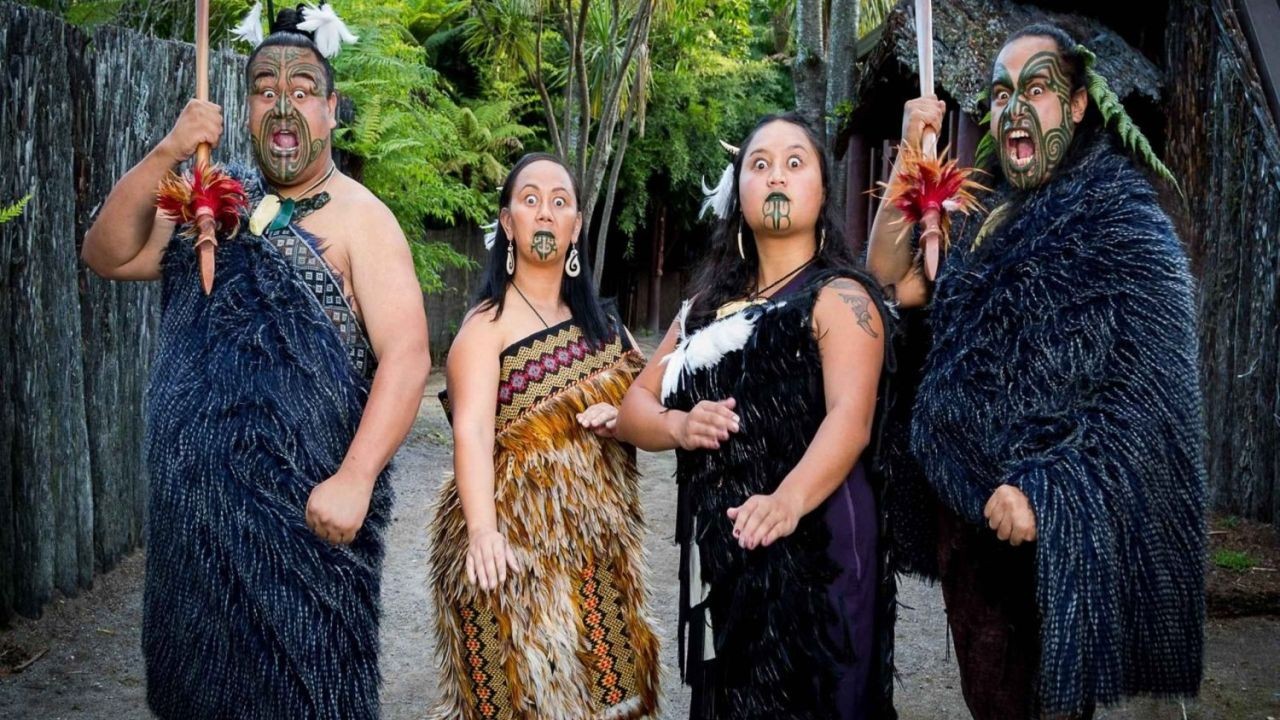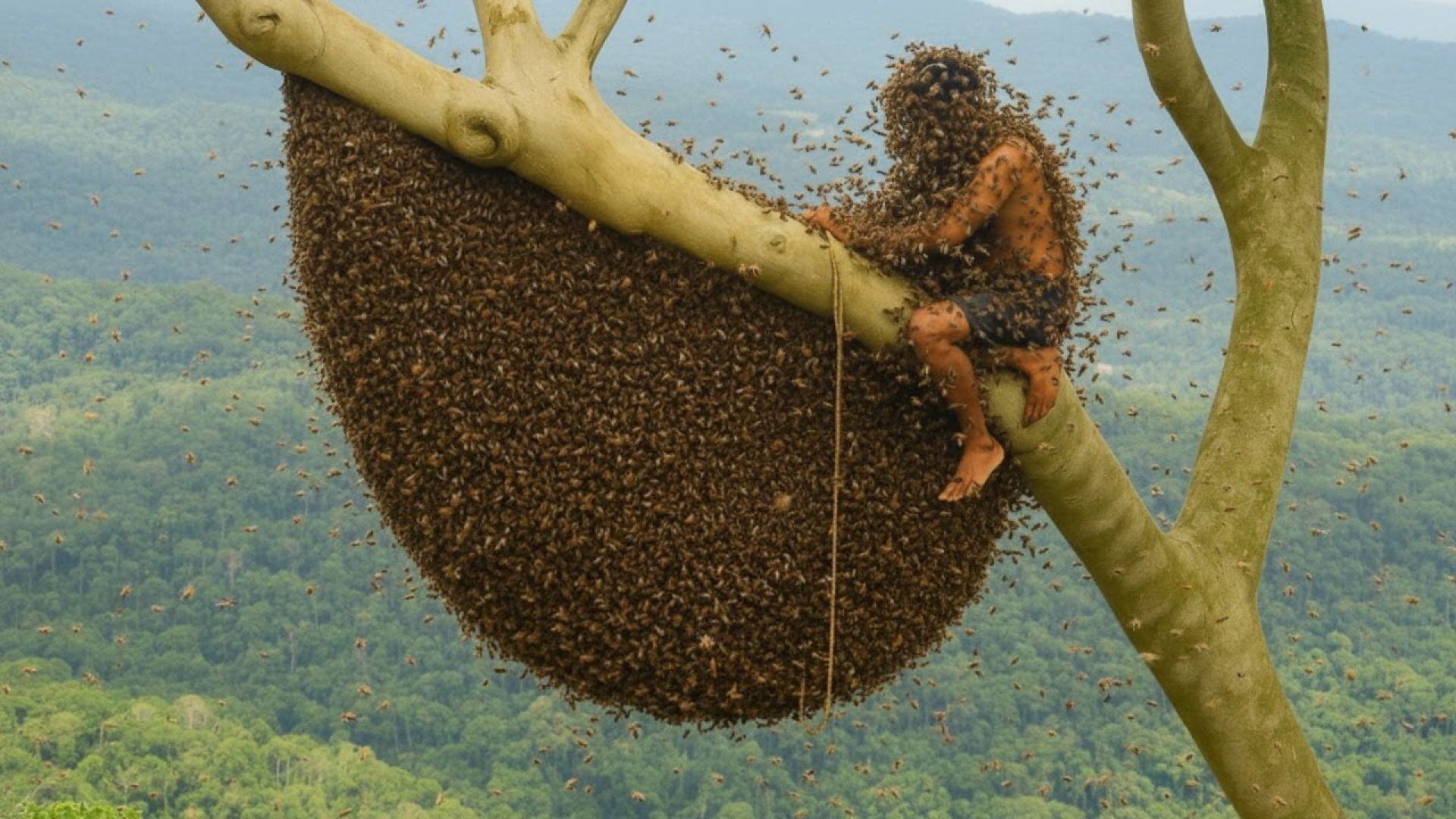New Zealand’s culinary landscape is an intricate tapestry woven with diverse influences, and one of the most vibrant threads is undoubtedly Pasifika cuisine. With roots in the rich cultures of Polynesia, Micronesia, and Melanesia, Pasifika cuisine has not only enriched the Kiwi palate but also offered unique insights into sustainable practices and community-driven gastronomy. As we delve into the celebration of Pasifika influence in Kiwi cuisine, let's explore its impact on New Zealand's economy, cultural integration, and future trends.
Understanding Pasifika Cuisine's Impact on New Zealand
Pasifika cuisine in New Zealand is more than just a collection of dishes; it's a reflection of the Pacific Islands' rich heritage and their deep connection to the land and sea. This connection is increasingly relevant as New Zealand strives for sustainable practices across industries. According to Stats NZ, the food and beverage sector contributes approximately 5% to the country's GDP, making it a significant economic driver.
The Rise of Pasifika Cuisine in the Kiwi Food Scene
Over the past decade, Pasifika cuisine has seen a surge in popularity, with restaurants and pop-ups across New Zealand embracing traditional ingredients like taro, coconut, and tropical fruits. This trend is not only satisfying the Kiwi palate but also promoting cultural exchange and understanding. The Ministry of Business, Innovation and Employment (MBIE) reports that cultural events and festivals celebrating Pasifika traditions have increased tourism revenue by 15% annually, highlighting the economic potential of cultural integration.
Case Study: Pacifica Restaurant, Napier
Problem: Pacifica Restaurant in Napier sought to differentiate itself in a competitive market saturated with international cuisines. The challenge was to maintain authenticity while appealing to a diverse clientele.
Action: Under the leadership of Chef Jeremy Rameka, Pacifica focused on showcasing traditional Pasifika ingredients with modern culinary techniques. By collaborating with local producers and fishermen, the restaurant ensured the freshness and sustainability of its ingredients.
Result: Within a year, Pacifica saw a 30% increase in customer footfall and earned a prestigious Cuisine Good Food Award. This success story underscores the potential of Pasifika cuisine to attract both local and international patrons.
Takeaway: New Zealand businesses can harness cultural authenticity to differentiate themselves in the market. By embracing local traditions, they can create unique dining experiences that resonate with a diverse audience.
Challenges and Opportunities in Pasifika Cuisine
Pros:
- Cultural Enrichment: Pasifika cuisine offers a rich tapestry of flavors that enhance New Zealand's culinary diversity.
- Sustainable Practices: Emphasis on local and seasonal ingredients aligns with New Zealand's sustainability goals.
- Economic Growth: Increased interest in cultural cuisines boosts tourism and hospitality sectors.
Cons:
- Perception Challenges: Misconceptions about Pasifika cuisine being overly simplistic can hinder its appreciation.
- Cultural Sensitivity: Navigating cultural appropriation while promoting Pasifika cuisine requires careful consideration.
Myth vs. Reality: Common Misconceptions
Myth: "Pasifika cuisine is just about tropical fruits and seafood."
Reality: Pasifika cuisine encompasses a wide range of dishes, from root vegetables like taro and cassava to intricate desserts and beverages. This diversity is celebrated at events like the Pasifika Festival, which attracts thousands annually.
Myth: "Pasifika ingredients are hard to find in New Zealand."
Reality: With the rise of specialty markets and local suppliers, Pasifika ingredients are more accessible than ever. Initiatives like the Pacific Co-operative Business Network are working to streamline supply chains and increase availability.
Future Trends and Predictions
As New Zealand continues to embrace cultural diversity, the influence of Pasifika cuisine will likely grow. By 2028, it's predicted that Pasifika-inspired eateries will increase by 20%, driven by consumer demand for authentic and sustainable dining experiences (MBIE, 2023). Furthermore, the integration of Pasifika culinary traditions could lead to innovative fusion dishes that appeal to global palates, positioning New Zealand as a culinary hub in the Asia-Pacific region.
Conclusion: Embracing Pasifika Influence
As New Zealand navigates the complexities of cultural integration and sustainability, celebrating Pasifika influence in Kiwi cuisine offers a pathway to economic growth, cultural enrichment, and community engagement. What steps will you take to explore and support this vibrant culinary tradition? Share your thoughts and experiences in the comments below!
People Also Ask
- How does Pasifika cuisine impact businesses in New Zealand? Pasifika cuisine boosts tourism and hospitality sectors, with cultural events increasing tourism revenue by 15% annually.
- What are the biggest misconceptions about Pasifika cuisine? A common myth is that it only involves tropical fruits and seafood, but it encompasses a wide range of diverse dishes.
Related Search Queries
- Pasifika cuisine in New Zealand
- Pacific Islands culinary influence
- Traditional Pasifika dishes
- Sustainable dining in New Zealand
- Cultural festivals in New Zealand






























